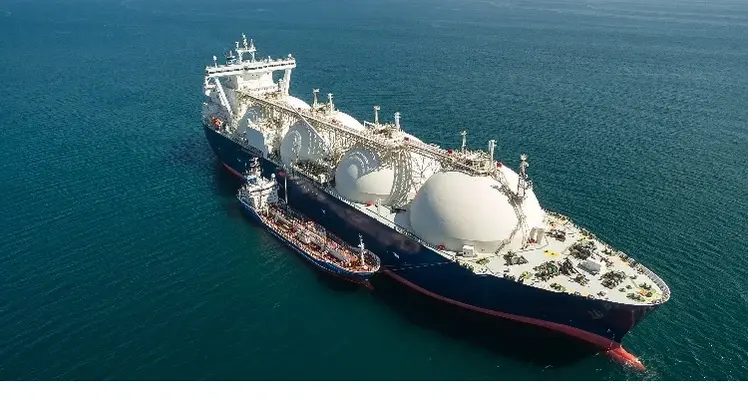MSA Safety has some advice for navigating the hazards of methane gas leaks
Methane (CH₄) is a simple hydrocarbon and the primary component of natural gas. Colourless and odourless, it possesses several key properties that make it both a valuable resource and a potential hazard. Strict safety measures and protocols are needed to manage the risks associated with methane’s high energy content and the extreme conditions required to keep it in liquid form.
The explosive hazards of methane gas leaks
Methane, being a highly combustible gas, can form explosive mixtures with air in concentrations ranging from 5% to 15%. This property, combined with its odourless nature, underlines the need for vigilance in detecting leaks before they escalate into dangerous situations. When leaked into confined spaces, such as buildings or pipelines, methane can create an explosive atmosphere, where even a small spark or ignition source can trigger an explosion.
The physical state of methane as a colourless and odourless gas at room temperature and atmospheric pressure makes it difficult to detect without specialised equipment. Methane leaks in pipelines, storage facilities, or other infrastructure can result from corrosion, equipment malfunctions, or inadequate maintenance. These leaks not only release methane into the atmosphere but also expose these facilities to the risk of explosions.
Methane can be liquefied and transported at extremely low temperatures as LNG, a critical component of the global energy industry and an important energy transition fuel. The transportation and storage of LNG come with their own set of specific and unique hazards.
Preventing methane gas leaks
Effective detection methods and preventive measures can mitigate the unique hazards associated with both gaseous and liquefied methane, particularly in confined spaces and during LNG transport and store.
1. Inspection and maintenance:
Regular inspections can help to identify potential vulnerabilities in infrastructure, such as corroded pipes or faulty equipment.
2. Enhanced leak detection technologies:
Utilizing cutting-edge technologies, including advanced gas sensors, can improve the detection of methane leaks before they escalate.
3. Emergency shutdown systems:
Implementing robust emergency shutdown systems in infrastructure can swiftly isolate and contain methane leaks in the event of detection.
4. Public awareness and preparedness:
The addition of odorants like mercaptan to natural gas, plays an important role in public safety. Public awareness campaigns, coupled with clear guidance on emergency response procedures, further enhance community preparedness against the explosive hazards of methane leaks.
Gas monitoring methods for methane leaks
Detecting methane gas leaks can help to avoid environmental hazards and potential explosive situations. Several methods and technologies are employed for methane leak detection. They include:
• Point detectors: These are fixed devices that can detect methane levels in specific locations where they are installed. They provide real-time readings and are often used in areas with known risks. Infrared and catalytic bead sensors are common detection methods.• Open path detectors: These devices use infrared technology to detect methane along an open path between a transmitter and a receiver. Changes in the infrared light absorption indicate the presence of methane.
• Acoustic detectors: Acoustic (ultrasonic) sensors can detect the sound of gas escaping from leaks. This method is especially useful for identifying leaks in pressurised systems and can complement other detection methods.
• Fire and gas detection controllers: Used to power the connected methane fire and gas detectors and display measured gas concentrations. They can also monitor the limit values, actuate alarm devices, and initiate risk reduction measures.
Combining multiple detection methods can provide a more comprehensive and reliable approach to identifying and addressing methane gas leaks promptly. The choice of method often depends on factors such as the size of the area to be monitored, accessibility, and the severity of potential risks.
Understanding the unique properties of methane, from its chemical composition to physical characteristics, underscores the explosive dangers associated with gas leaks. By combining rigorous inspection, advanced detection technologies, emergency shutdown systems, and community education, risks can be mitigated, helping to ensure a safer and more secure future for all.
Find out more at https://gb.msasafety.com/submarket/oilandgas-lng









